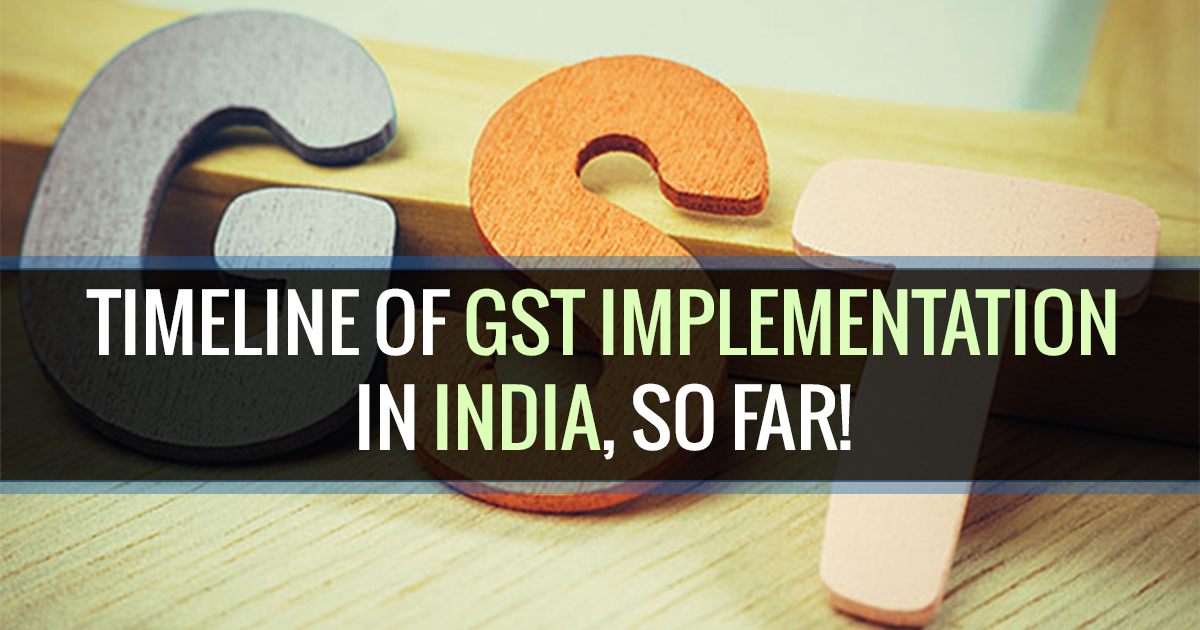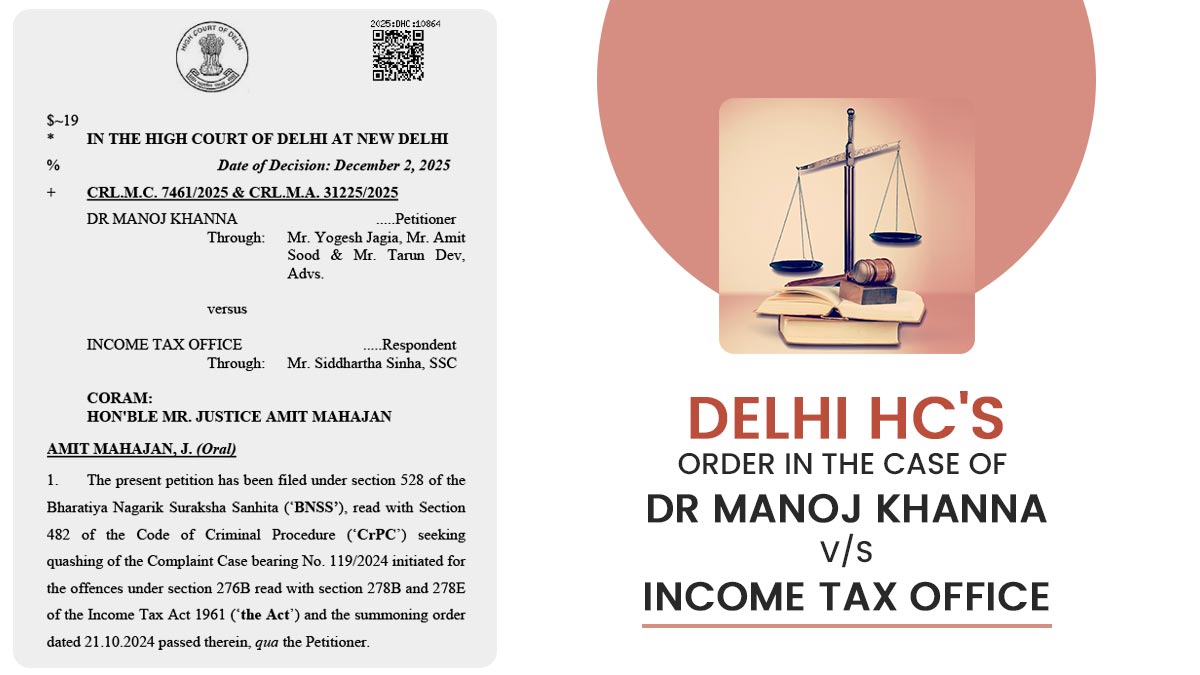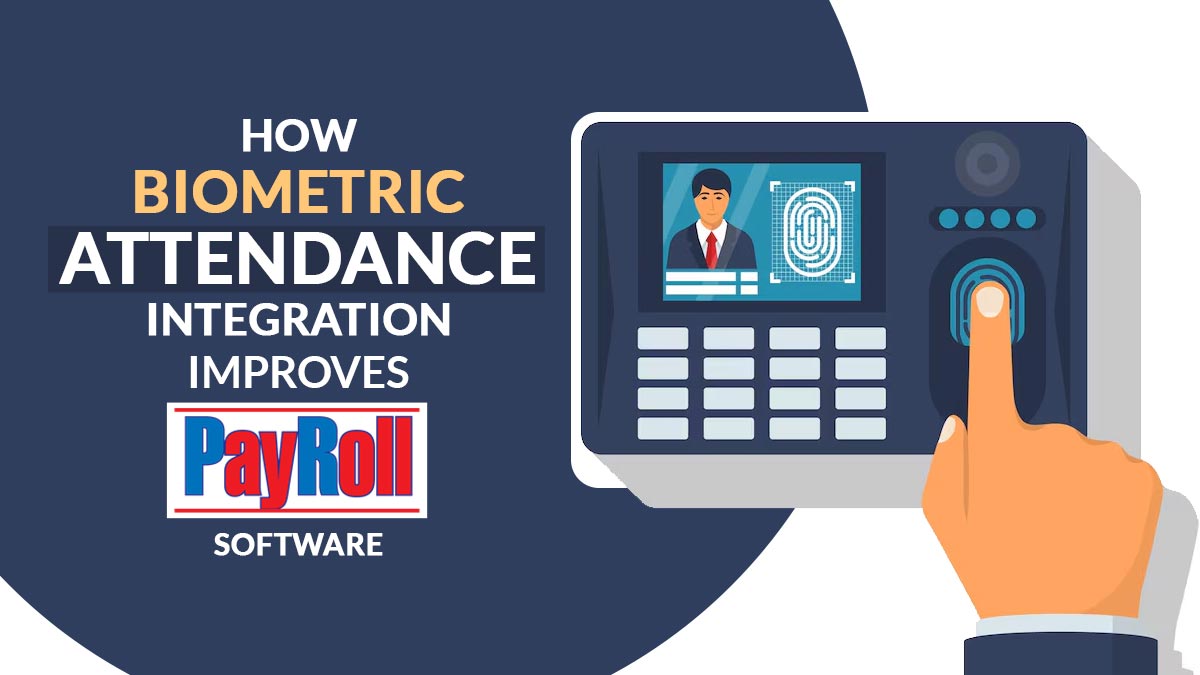GST is not an overnight thought in India and it takes patience to introduce any new tax reform as consequently, it affects the economy and the India Inc needed to prepare for it before hand. GST is the first tax reform after the independence. We have waited for two decades to introduce GST in India.
In India first time GST thought was coined in the year 2000 by the Respected Atal Bihari Vajpayee who was the then Prime Minister of the nation. He set up a committee to design the framework for Indian GST tax structure.
Further in 2004, a take force in the lead of Mr. Vijay L. Kelkar told to the finance Ministry that current taxation system has lots of loopholes and these should be solved as soon as possible for the benefit of economic and for the better development.
A step further in 2005, when the finance minister MR. P. Chidambaram had announced that there is a serious requirement of tax reform in India in the area of indirect taxation in his budget session of parliament. After that, all the present governments seriously raised the issue of GST.
In the year 2007, Empowering Committee of all state finance minister will work for preparation of road-map of GST.
In 2008, Empowering Committee gave their report in the same year which showed the loopholes of the present system and requirement of the new tax regime with those feature who can avoid the tax evasion and make a true and fair tax environment for the nation.
A year later in 2009, the first discussion paper by the Empowering committee was released in which various suggestion regarding the same was invited by the committee also.
After these exercise in the year 2010, then finance Minister of that time in his budget session addressed to the nation that GST will be introduced in April 2011.
Read Also: Free Download Gen GST Software Setup for GST India
In the budget session of the year 2011, the 115th constitution amendment bill was introduced in Lokshabha for levy of GST on all the goods and services other than some specified goods which are out of the for the benefit of general public. But at that time bill was not clear in the house.
Further in the year 2013, another standing committee submitted their report on GST to the finance ministry. In this report, the empowering committee rejected government proposal regarding the exemption and specified goods theory also rejected the proposal related to petroleum products.
Finally, in the year 2014, the GST bill was passed in Lokshabha as 122nd constitution bill. And in the year 2016, the bill was passed in Rajyasabha too.
After all of the legal and political journey still there are lots of steps that needs to be followed for the biggest tax reform in India. After passing the bill in Rajyasabha a GST council committee has decided the rates, exemption, rules, regulation related to the GST as well as the team will decide the procedure that how to enroll current taxpayer in the new tax regime.
When these things will be decided then Central Goods and Services Tax law and IGST law will present in the both houses of the parliament and after that state’s government has to pass the States Goods and service tax law in their house also.
After all these processes the GST become applicable to all of the nation. Currently, we are hoping that GST council clear their point of view as soon as possible and in 2017 budget session CGST and IGST will be passed so that from 1st April 2017, GST will be the part of the nation tax structure. If for any reason GST will not applicable from 1st April 2017 in that situation the last date of GST implementation will be 16th September 2017 because after that no other indirect tax will be applicable across the nation.
In the month of March, it has been seen a huge corrective step taken in the direction of actualizing the goods and service tax. The apex committee GST council has approved various bills which were marked important for the uprise of the GST regime and has committed to roll out the GST regime on its scheduled July 1st deadline. In the list of significant bills, the approved ones are UTGST (Union Territory GST), CGST (Central GST), IGST (Integrated GST), Compensation and SGST (State GST). Various other bills were also on the list, including five of them got passed, registration, payment, refund, invoice, and return while other four still in the queue. All in all, the government is seeking every possible way to sort out the bills which need approval on an urgent basis. The approval of these bills has given a hint of heading towards the most ambitious tax regime of the country.
Finally, the GST has been fixed at the 1st July, 2017, was seen a bit complex as the hefty issue of dual control clogged the way but now it seems everything has been sorted out and government has welcomed the Goods and Service Tax meanwhile implementing this significant taxation reform from July 1, 2017 as said only three months away from the previously speculated timeline.
Come 60 days after, there has been a change in the compensation bill to hike the cess on the luxury cars. It has now a ceiling price of 25 percent from the earlier 15 percent along with numerous other items of daily consumption. The items are included like fruits, vegetables, bread, curd, foodgrain, books, jewellery, khadi, silk, Indian flag, LPG, kerosene, and newspapers.
Earlier on 5th of August, GST Council has revised the GST and cut down the taxes levied on job workers in textile industry from 18% to 5% and on input parts of tractors from 28% to 18%. Further, the e-way bill introduced with a threshold limit of 50,000.
While on the August 2nd, The Central Board Of Excise Customs (CBEC) resolved the definition of Integrated Goods And Services Tax (IGST) regarding high-sea transactions and confirmed that tax will be imposed only in case of customs clearance and inter-state transactions.
And from the July 1st, The much-awaited GST rolled out for $2 trillion economies with the aim to reduce inflation, deal with tax avoidance, and to grow the GDP. GST has replaced 17 central and state taxes and 23 cesses to create a unified market.











Hi, Can you please help regarding the announcement and dates post 1 July 18. Its required for an academic project in sentiment analysis on GST.
How to transfer old composite sales tax registration to new gst registration?
There is migration process is ongoing so we can enroll ourselves by using department utility or my SAG Migration Tool